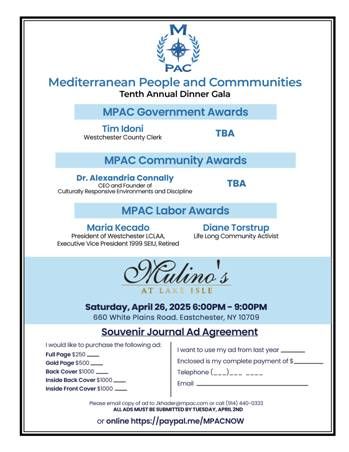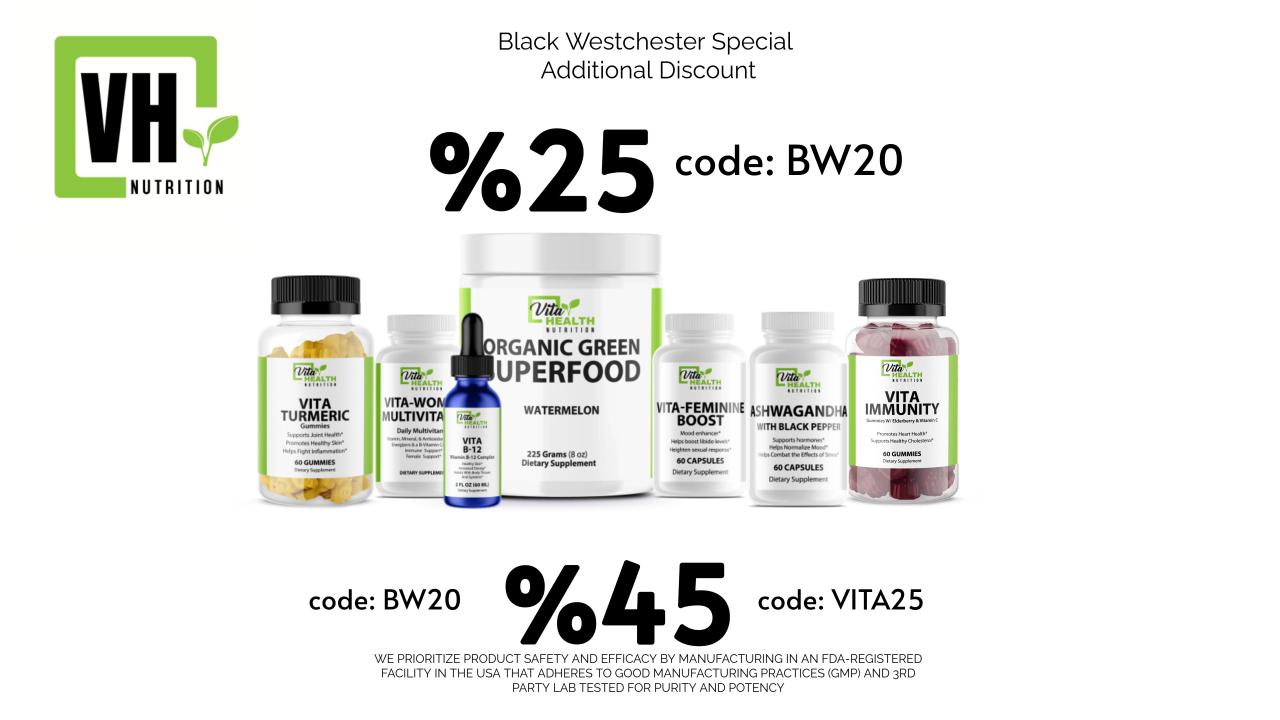In our rapidly aging society, the debate over maintaining a high quality of life beyond 50 has never been more pressing. Among the various determinants of well-being, physical exercise is an undeniable factor with extensive implications for mental, physical, and emotional health. Yet, despite the evidence, many adults over 50 fail to engage in regular physical activity. This lack of intentional exercise not only accelerates the aging process but diminishes the overall quality of life in profound ways.
The Myth of Everyday Movement as Exercise
A common misconception among older adults is that physical labor or staying active at work can replace structured exercise. While movement throughout the day, such as walking around the office, gardening, or doing chores, is beneficial, it does not provide the same health benefits as dedicated exercise. Specific activities like light weightlifting or high-intensity interval training (HIIT) for 30 minutes to an hour each day are critical for maintaining health and functionality.
These exercises target key physical systems, stimulating muscle growth, increasing bone density, and improving cardiovascular health—benefits that typical daily movements cannot achieve. For instance, while carrying groceries or walking the dog involves some physical exertion, it does not provide the sustained resistance or intensity needed to counteract muscle loss and improve metabolic health.
Muscle Mass Decline: A Silent Threat
One of the most overlooked consequences of aging is the decline in muscle mass, a condition known as sarcopenia. Starting in their 30s, men and women begin losing muscle mass at a rate of approximately 3-5% per decade, and this rate accelerates after the age of 50. Men, in particular, are disproportionately affected due to their typically higher baseline muscle mass, making the loss more noticeable and impactful.
Without intervention, this loss can lead to decreased strength, reduced mobility, and a heightened risk of falls and fractures. Additionally, the decline in muscle mass contributes to slower metabolism, which can lead to weight gain and an increased risk of chronic diseases such as type 2 diabetes and heart disease. Resistance training and weightlifting, even with light weights, are crucial in mitigating this decline, as they directly stimulate muscle protein synthesis and help preserve muscle fibers.
Exercise: The True Fountain of Youth
Contrary to popular belief, aging is not the primary driver of frailty and diminished quality of life—it is inactivity. Studies show that older adults who engage in at least 150 minutes of moderate-intensity exercise weekly enjoy better cardiovascular health, greater mobility, and lower rates of chronic illness. Activities like weightlifting, resistance training, and HIIT are effective at slowing or reversing muscle loss and boosting overall health.
Strength training enhances muscle mass and bone density, which is crucial for preventing osteoporosis and falls. HIIT, even in short bursts, can improve cardiovascular health, increase endurance, and accelerate metabolism. Beyond physical benefits, structured exercise enhances mood, sharpens cognitive function, and reduces the risk of depression and anxiety, which are common in later life.
Exercise is a powerful social tool for connection. Group fitness classes, walking clubs, or sports like tennis provide opportunities for engagement, reducing feelings of isolation. Additionally, maintaining physical independence through strength and balance exercises helps avoid the need for long-term care, preserving dignity and autonomy.
Bridging the Gap Between Movement and Exercise
While the benefits of exercise are well-documented, barriers such as misconceptions about what constitutes exercise, physical limitations, or lack of motivation prevent many older adults from reaping its rewards. For example, many people assume that their active jobs or daily chores are sufficient for maintaining health. While these activities are valuable, they cannot substitute for structured exercise that specifically targets muscle strength and cardiovascular health.
Public health initiatives must address these misconceptions by promoting accessible exercise programs, offering subsidies for gym memberships for seniors, and educating the public about the transformative benefits of activities like resistance training. Health professionals should make exercise recommendations as routine as prescriptions for medication, emphasizing the importance of activities designed to build muscle and improve endurance.
A Call to Action: Rebuilding Strength and Vitality
Everyone deserves the opportunity to live with vitality and independence, regardless of age. Physical exercise is not just a means to manage aging; it is a gateway to a richer, fuller life. With intentional effort, adults over 50 can preserve their muscle mass, maintain physical independence, and enjoy enhanced well-being.
Dedicating just 30 minutes to an hour a day to structured activities like weightlifting, resistance training, or HIIT can counteract the natural decline in muscle mass and stave off chronic diseases. For men especially, rebuilding lost muscle can improve energy levels, metabolic health, and overall strength, allowing them to remain active and engaged in the things they love.
The decline in muscle mass and strength is not an inevitable part of aging—it is a challenge that can be met with the proper habits. By embracing targeted exercise, adults over 50 can defy aging stereotypes and unlock a future filled with health, vitality, and independence.










